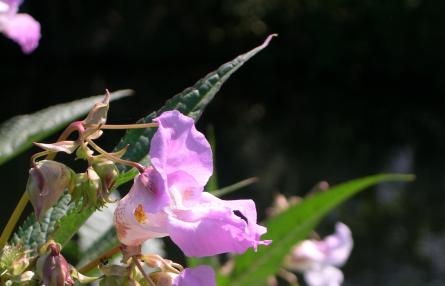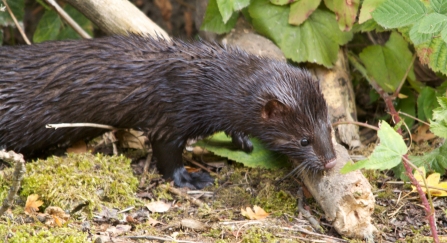There has been a lot of publicity around the UN's recent report that highlights the unprecedented and dangerous threat of the planet-wide loss of biodiversity. Over 1 million animal and plant species are facing extinction, and the report by the Intergovernmental Science-Policy Platform on Biodiversity and Ecosystem Services (IPBES) highlights several human-led reasons for this loss, ranked, for the first time, by importance. There are five on the list, and the fifth is one which is close to my working life: the introduction and spread of non-native invasive species.
Invasive Non-Native Species (INNS) week 2019 was 13-17 May, and I wanted to use this opportunity to highlight some of the work the Wildlife Trust BCN is doing in the fight against them with our INNS projects.





